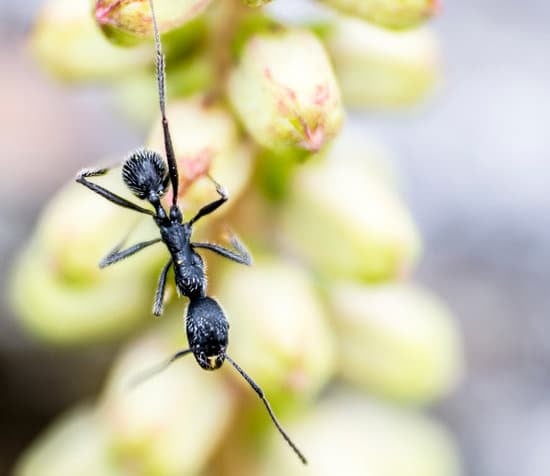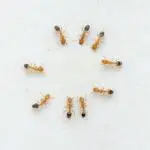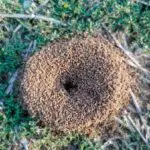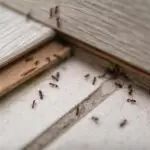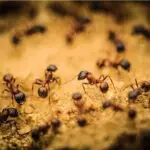How Do Ants Use Oxygen?
Unlike humans and other land vertebrates, ants do not have lungs. Instead, ants use microscopic tubes to transport oxygen around their bodies. These tubes are called spiracles. These tubes are spread throughout the ant’s body, and are connected by tubes. These tubes lead to the cells.
The ants’ body has 10 pairs of spiracles, which are evenly distributed along the sides of the body. These spiracles are connected to tracheae, which are tubes that transport air to the ant’s cells. The tracheae are connected to the ant’s dorsal vessel, which is a long tube that acts as a heart for the ant.
When the ant is out of breath, it pants. This is because the oxygen inside the body is used up. If the ant is drowning, it will close off its breathing openings to prevent water from entering the body. This prevents suffocation.
Ants’ bodies are primarily filled with a substance called haemolymph. Haemolymph is a liquid substance that is similar to blood, but it does not contain red blood cells. This substance carries nutrients and hormones to the ant’s cells. Haemolymph is pumped around by the ant’s heart. The ant’s heart is responsible for pumping colorless blood from the head to the body.
The ant’s tracheae also carry carbon dioxide to the ant’s cells. Like the tubes that carry oxygen, the tubes that carry carbon dioxide leave the ant’s body through small holes.
The ants’ nervous system is a long nerve cord that branches off into different parts of the ant’s body. Ants sometimes breathe through the mouth or antennae. Ant colonies are large. They can contain millions of ants. However, when the queen dies, the colony can only survive for a few months.
